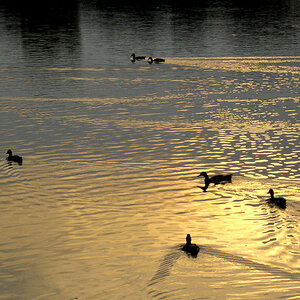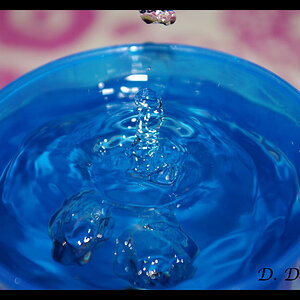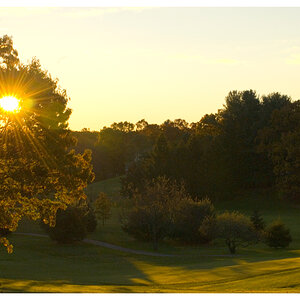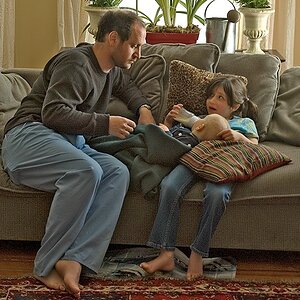Lolly
TPF Noob!
I recently bought a Canon 350D to use for freefall photography.
I'm having trouble getting it set up correctly though.
I have to admit that even though I am a photographer by trade, I know almost nothing about cameras.
Here are 3 shots from the same jump.
Does anyone know why they all seem so different and what settings would give better results.
I used a Sigma 15mm lens.
If anyone can suggest some good settings to achieve better pictures, I'll try them out next time and post up the results.
Thanks!



I'm having trouble getting it set up correctly though.
I have to admit that even though I am a photographer by trade, I know almost nothing about cameras.
Here are 3 shots from the same jump.
Does anyone know why they all seem so different and what settings would give better results.
I used a Sigma 15mm lens.
If anyone can suggest some good settings to achieve better pictures, I'll try them out next time and post up the results.
Thanks!





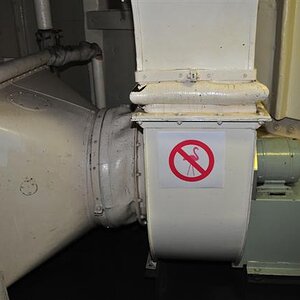
![[No title]](/data/xfmg/thumbnail/42/42061-9f4eb186c434652d6587c8bcdde59502.jpg?1619739997)
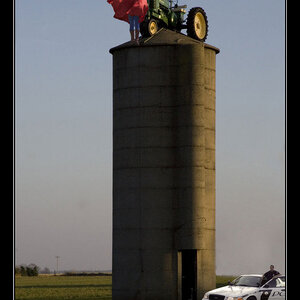
![[No title]](/data/xfmg/thumbnail/33/33351-cd8e1d901d113ee8f9312e19478885a7.jpg?1619735918)
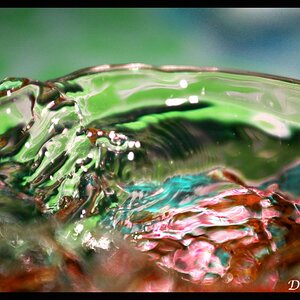
![[No title]](/data/xfmg/thumbnail/31/31014-6b1a572624824b852f5adaf3594767af.jpg?1619734569)
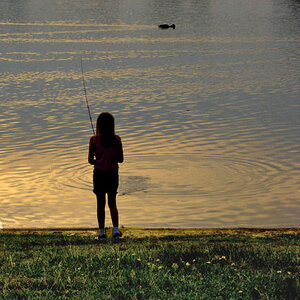
![[No title]](/data/xfmg/thumbnail/42/42060-f597479f8fd78d4bb4d17e7686fb0812.jpg?1619739996)
